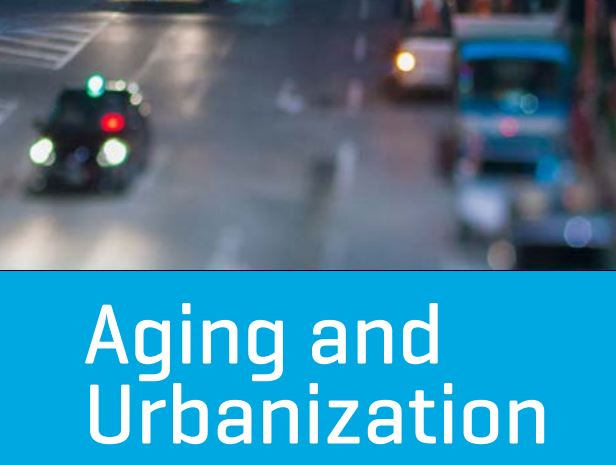Two inexorable and intersecting demographic trends are already defining the 21st century: rapid urbanization and an aging population. The world’s cities must meet the challenges posed by these changes to compete on a global scale.
Widely accepted statistics bring these challenges into clear focus. By 2030, more than 1 billion people — one in every eight — will be aged 65 or older. And just two decades later, nearly two-thirds of the world’s population will live in urban areas, up from just over half today1a, with nearly 1 billion older people living in cities in the developing world alone.
These demographic realities mandate that urban centers adapt an intergenerational view of growth and development.
In European cities such as Madrid, Lisbon and Warsaw, elderly residents represent a greater proportion of inhabitants than the national average. Meanwhile, Italy and Germany are home to the majority of the world’s cities with old-age dependency rates — defined as the ratio of those over age 64 to the working population — of 35% or more. Clearly, for the European Union to meet its goal of “smart, sustainable, and inclusive growth” by 2020, cities — as well as national economies — need to adapt in ways that allow countries to tap the economic potential of older residents while also cultivating younger generations.
This need extends far beyond Europe. It will take significant action by governments around the world to enable cities and economies to thrive in an era that will soon see more old than young for the first time in human history. Toward this end, the World Health Organization (WHO) has identified 24 principles that promote active participation, health and security and independence for people of all ages. These guidelines have been used by the WHO to develop, implement and evaluate local action plans that create age-friendly urban environments.
Despite the challenging nature of these looming trends, changing demographics also present opportunities, with broad public support for government investment in age-friendly resources. This is especially important given that financial and economic issues of a graying population have so far dominated the conversation about this demographic trend.
In Europe, for example, pension shortfalls and alarming levels of youth unemployment have highlighted the financial challenges of caring for an elderly population.
Across Latin America, age-related expenditures are growing faster than GDP. Brazil’s pension and health care costs are expected to climb to 26% of GDP in 2050 from 14% today. Meanwhile, in the U.S., health care costs that already absorb 17.9% of GDP will almost certainly climb. And in Japan, where more than a quarter of people are 50 or older, record low birth rates have led to a steadily shrinking population that threatens the economic health of the country.


Leave a Reply